So, it’s been a while since I’ve been here – almost a year. You’ve read it all before… work from home, copyediting and copyediting, yada yada. Rather than go through a round of excuses about why I’ve not blogged, I’ll kick off my return with an interview with the most talented Tom Johnstone!
Last April I participated in a launch event for the release of Tom’s novella Song of Salome, along with Simon Bestwick and Kate Jonez. Afterwards, the two of us agreed that we had more to talk about but missed out in the limited time of the panel. To address this, I suggested this interview in my blog.
Along with our interests in writing and reading politically engaged fiction, me and Tom also have another thing common: we’ve both written stories inspired by Oscar Wilde. Tom’s new novella Song of Salome references Wilde’s play Salome. Meanwhile, I wrote ‘All That is Solid’ for The Scarlet Soul, a collection of stories inspired by The Portrait of Dorian Gray.
Perhaps we can start there…
Could you say something about Wilde’s play and the influence it had with your own Song of Salome? One of your characters, the writer of the titular film, refers to Wilde’s play as ‘degenerate’. Would you regard it as such? And how does it relate to virulent racism of the film in the novella?
I haven’t read it for years myself, but I did have a phase of reading quite a lot of Wilde’s work, including Salome. I wouldn’t say the play is ‘degenerate’. Decadent, maybe. But I can certainly see why someone like Hilda Abelard in the novella might regard it as degenerate. Then again, for repressive, reactionary regimes ‘degenerate’ and ‘decadent’ are almost interchangeable terms – I was thinking of the Nazis’ exhibitions of ‘degenerate art’. Wilde notably argued that art is amoral, which might imply that it’s apolitical too, at least in his eyes. Neither Hilda nor I agree with that, from different poles of the political spectrum. I suppose her calling Wilde’s play ‘degenerate’ might be said to disprove his proposition, as the Nazis no doubt staged their exhibition with the aim of discrediting art they saw as undermining their political project.
“Perhaps Dorian Gray is more of an influence on my novella than Salome itself in that respect. After all, that’s about a work of art having a definite influence on the real world if ever there was one”
Perhaps Wilde’s belief that art cannot be good or bad morally but only aesthetically is not as straightforward as it sounds. In The Picture of Dorian Gray there is the line about how books can’t be good or evil, only well-written or badly written, yet the story seems to contradict the idea that art doesn’t have a moral or social effect on the world it represents. Perhaps Dorian Gray is more of an influence on my novella than Salome itself in that respect. After all, that’s about a work of art having a definite influence on the real world if ever there was one. In Song of Salome, I wanted to explore this idea of art influencing reality as opposed to merely reflecting it by interrogating the conventions of the trope of the cursed art object – or in this case, film. As for the influence of Wilde’s Salome itself, what drew me towards it was the atmosphere of hedonism and sensuality around it, which makes it a lightning rod for the fictional screenwriter’s prurient, venomous hatred. There is also its status in popular culture, which makes it an easily recognisable reference point.
A work that immediately came to mind when I read Song of Salome was The King in Yellow by Robert W Chambers. This also involved art influencing reality, or perhaps the perception of reality by those who view the fatal play – who lose their sanity. In Song of Salome the effect was similar but it takes place in a social context that Chambers did not develop; the film codified and distilled hatred and racism while using the framework of Wilde’s play. It caused one woman to put out her eyes to avoid seeing it under duress and a black person to take on the views of the Klan. In fact, you might say that the titular King is wearing a white robe and a pointy hat rather than yellow! Had The King in Yellow been an influence – whether conscious or unconscious – when you wrote your book?
I honestly hadn’t thought of it until you mentioned it, not knowingly anyway. But I liked the idea so much that the King in Yellow makes a spectral guest appearance on the front cover of the forthcoming Omnibus edition of all three Herb Fry/Dan Spiegel novellas. The Salome theme enables the novella to marry Fry’s hard-boiled voice with something more lush and sensual, I like to think, which borders on the deranged at some points. Maybe that comes more from Samuel G Fuller’s melodramatic cinema. The scene you mention of the black man with delusions of being an ex-Klansman is in fact a an homage to Fuller’s Shock Corridor, in which one of the mental patients in the hospital is a man so traumatised by his experience of being the first black student to be admitted to a desegregated, previously all-white school that he develops a similar delusion.
The King in Yellow must be an influence too though, as the cursed play in it is one of the roots of the lost film narrative. Cultural artefacts exerting a malign influence are a mainstay of weird fiction, whether books of forbidden lore like the Necronomicon, films like the one in John Carpenter’s ‘Cigarette Burns’ episode of Masters of Horror, or paintings as in David Morrell’s story ‘Orange is for Anguish, Blue is for Insanity’. I wanted to interrogate this trope and demystify it, suggesting ‘the book/film/play/painting told me to do it’ can be a convenient ‘Get Out of Jail Free’ card. At the risk of sounding pompous, the moral of my story might be that artists and writers have a social responsibility for the effect of their creation on others. But viewers and readers aren’t just passive consumers: they too have a responsibility to read and view critically. This can be challenging in the arena of the weird, which acts on the subconscious.
Are there any parallels with Arthur Machen, sometimes considered a Decadent, who deals with the trope of the cursed work and the idea that simply ‘seeing’ something can cause reality to unravel?
Hilda Abelard would seem to provide the more obvious parallel with Helen Vaughan from Arthur Machen’s The Great God Pan. She exerts a malign influence through her film, which fulfils the role of catastrophic forbidden lore, causing mental collapse in those who encounter it, inciting them to commit grotesque violence to themselves or others. Like Helen, Salome is something of a femme fatale, and her presence contributes to the decadent feel of the novella, but this is somewhat undercut by the fact Hilda’s film is a low-budget ‘poverty row’ biblical epic! But Salome isn’t really a character in the story, more an archetype or stereotype onto which ideas are projected. The story focuses more on Louise Browning, who played her. Far from being a femme fatale, she is innocent to the point of being a martyr-figure, more like Helen Vaughan’s abused and manipulated mother.
Hilda Abelard is horrified by the licentiousness of Wilde’s play, and wants her film to counter its hedonistic decadence as she sees it, but that fits in with her visceral Nazi loathing of ‘degeneracy’. Returning to Machen, the idea of evil put forward in ‘The White People’ is a very metaphysical one. In the framing introduction to the text of the ‘found’ document that makes up the main story, one of the men discussing evil suggests that weird and unnatural phenomena are more profoundly, disquietingly evil than mere domestic murder. I always found that idea rather perverse, even if it did seem as if Machen in his way was trying to challenge conventional Victorian morality with a mystical value-system more in keeping with his fin-de-siecle mores.
If Song of Salome has a moral, perhaps it’s to reassert the idea that mundane evils like racism, inequality and cruelty are in fact more to be feared than supernatural forces. But of course, as with all the Herb Fry novellas, I have my cake and eat it. They deal with racism and fascism but in the form of occult detective stories, so the social forces menacing the characters have a paranormal dimension.
This is something I also do in my shorter fiction too. There’s a paragraph in The Song of Salome that’s also paraphrased in a short story called ‘Zombie Economy’, a tale of voodoo drawing upon Black Jacobins, CLR James’s history of the Haitian revolts against slavery.
This story appears for the first time in my new Alchemy Press collection, Let Your Hinged Jaw Do the Talking, which includes other historical horror stories dealing with colonialism, uprisings and resistance such as ‘Creeping Forth Upon Their Hands’, about the Elizabethan poet Spenser’s spell as a colonial administrator in Ireland, and ‘The Topsy Turvy Ones’, in which a couple encounter weird creatures left over from the suppression of the Diggers’ commune in Surrey.
******
I’ll add here that I heard an extract from ‘The Topsy Turvy Ones’ at our Shock Against Racism reading in Brighton back in 2018 and now, at last, I’ll get to read the complete tale.
And I’ll now finish with a big thanks to Tom for answering my questions. Song of Salome and In the Friendly Dark are available from Omnium Gatherum Media and online booksellers. You’ll find Let Your Hinged Jaw Do the Talking through Alchemy Press and the online bookseller of your choice. They are all available as ebooks.
My own Dorian Gray story, All That is Solid, is now available as a chapbook from Eibonvale Press.
I’ll close with a link to the video with Kate Jonez and Simon Bestwick that kicked this all off. You can access it on the Omnium Gatherum Facebook page.

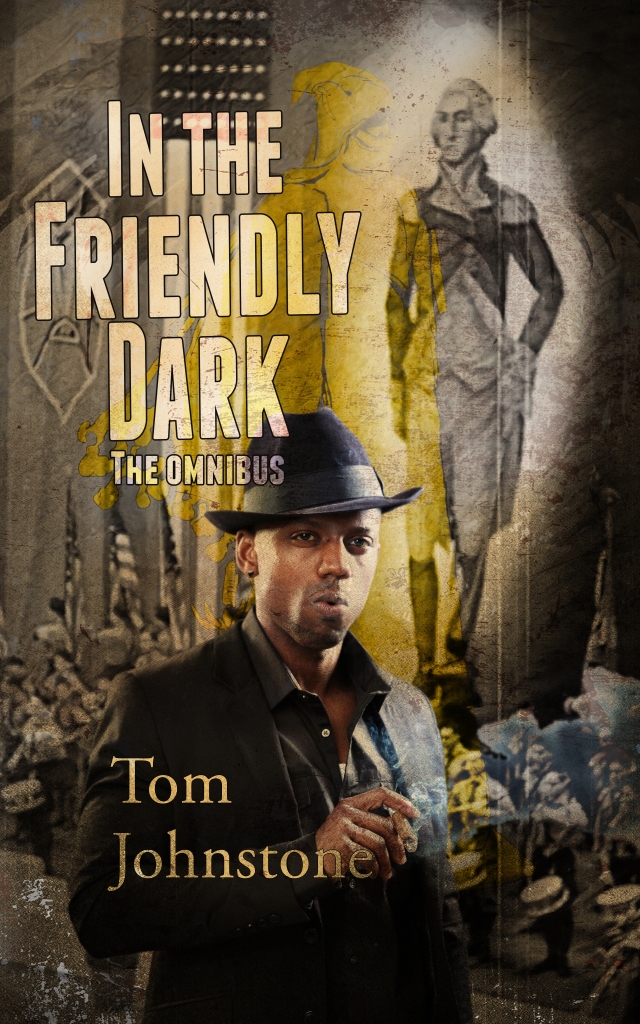

 Last week I put on my
Last week I put on my 
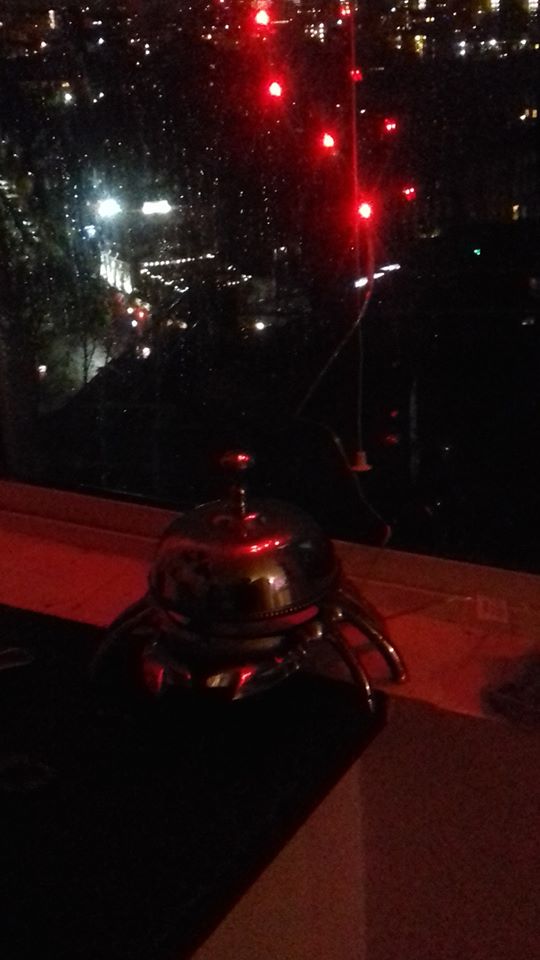
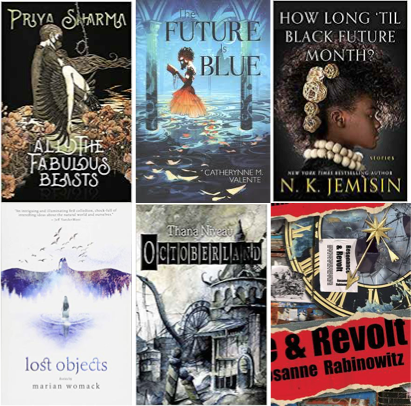 Some brilliant news – Resonance & Revolt has been shortlisted for Best Collection in the
Some brilliant news – Resonance & Revolt has been shortlisted for Best Collection in the I’m also very pleased to see that Eibonvale Press has done well – David Rix has been nominated for Best Artist and Humangerie (edited by Allen Ashley and Sarah Doyle) shortlisted for Best Anthology.
I’m also very pleased to see that Eibonvale Press has done well – David Rix has been nominated for Best Artist and Humangerie (edited by Allen Ashley and Sarah Doyle) shortlisted for Best Anthology.
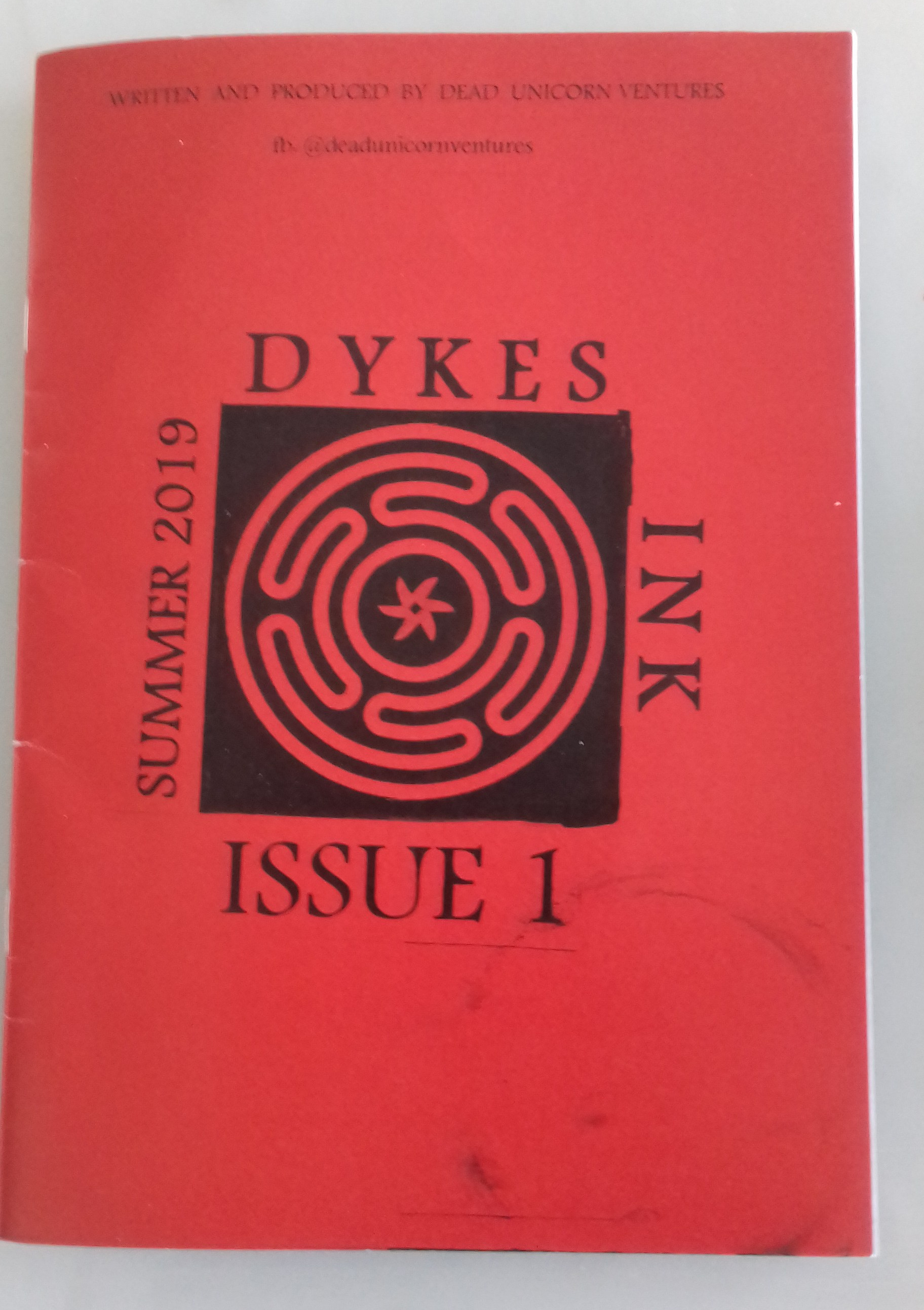 In other news, I’ve contributed a two-part piece to zine extraordinaire Dykes Ink. This is produced by
In other news, I’ve contributed a two-part piece to zine extraordinaire Dykes Ink. This is produced by 
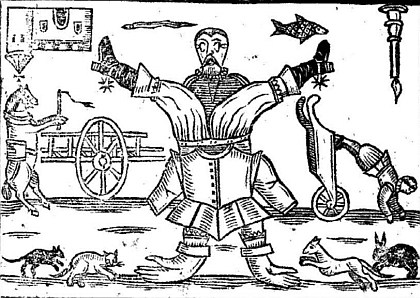

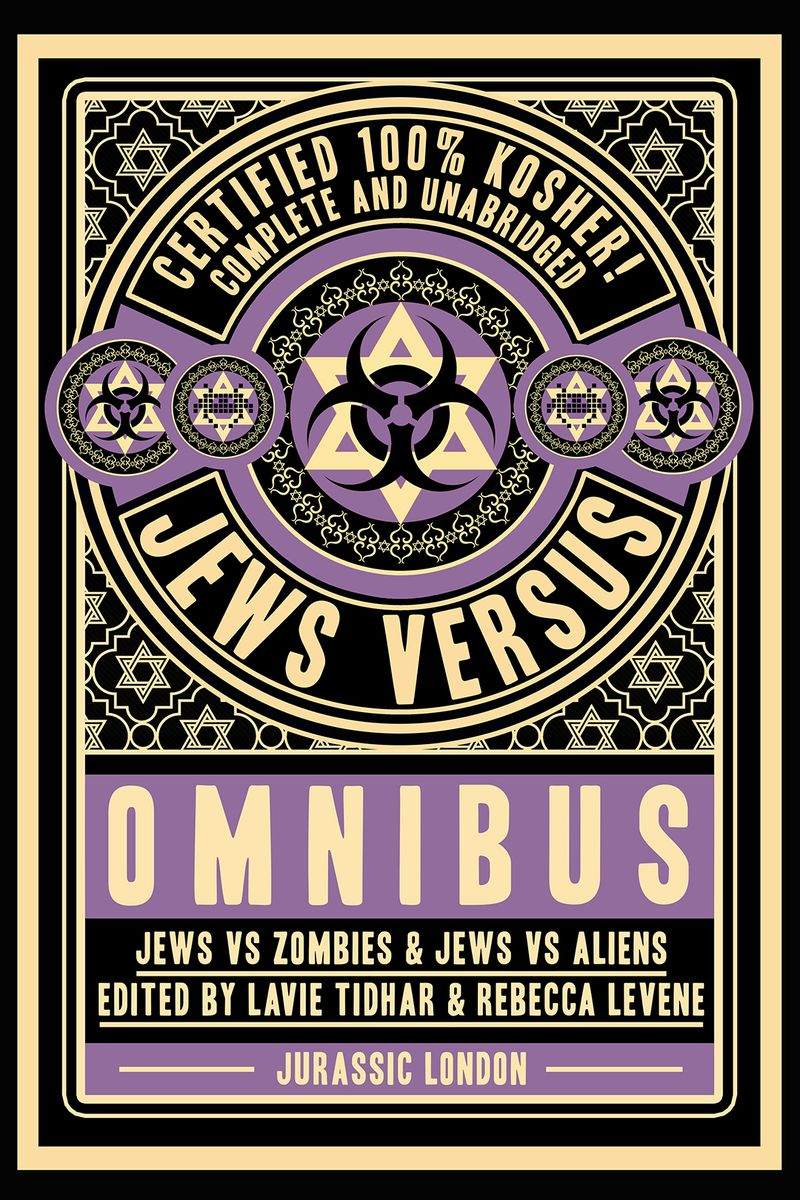 Here’s a belated happy New Year to all my readers, and a kick-off to 2016 with some bits and pieces…
Here’s a belated happy New Year to all my readers, and a kick-off to 2016 with some bits and pieces… He also pays me a great compliment by comparing my writing to Caitlin R Kiernan’s. Nice one there, too.
He also pays me a great compliment by comparing my writing to Caitlin R Kiernan’s. Nice one there, too.


